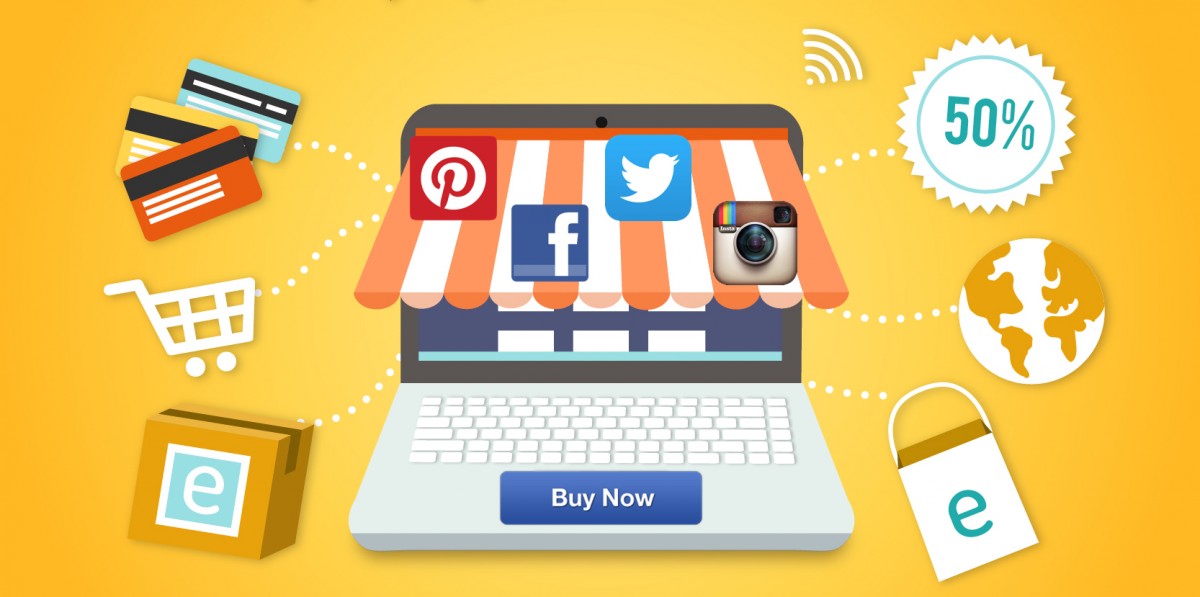Social media has greatly impacted eCommerce by providing businesses with new ways to reach and engage customers, leading to increased visibility and sales. About 2.34 billion people in the world use some form of social media and the highest revenue comes from FaceBook. Small companies use this to their advantage and try to develop their businesses via social media. Social media websites allow users and companies to share images, videos, or any other content with others. A company’s social media profile can include links to its website, contact information, and pictures of products or services the business offers.
Marketing
Small and big businesses are constantly trying to market their products and services on social media. Before social media had such a huge audience, companies used to market through fliers, e-mails, T.V. ads, etc. While these marketing tactics are still being used today, businesses can inform their customers about offers, promotions, etc. through social media for free. Consumers can connect with their favorite retailers online to stay informed about new developments.
Communication
Social media also affects the way many businesses interact with their customers. Instead of calling the store or sending an email, many customers prefer to communicate with a business using its social media profile. Customers may send private messages to the business or they can post information publicly. Customers can use social media to provide both positive and negative feedback about products or customer service. If a customer posts negative feedback online, it can affect the opinions of other people who are customers of that company. It’s important for small businesses, especially, to be aware of reviews and other details posted online.
Branding
Social media affects the way customers feel about a particular brand. The type of consumers who connect with a business using social media influences the way other potential consumers perceive the business’s brand. For example, if a business that sells sporting goods connects mainly with consumers in their 20s, other consumers are more likely to associate the brand with that particular age.

